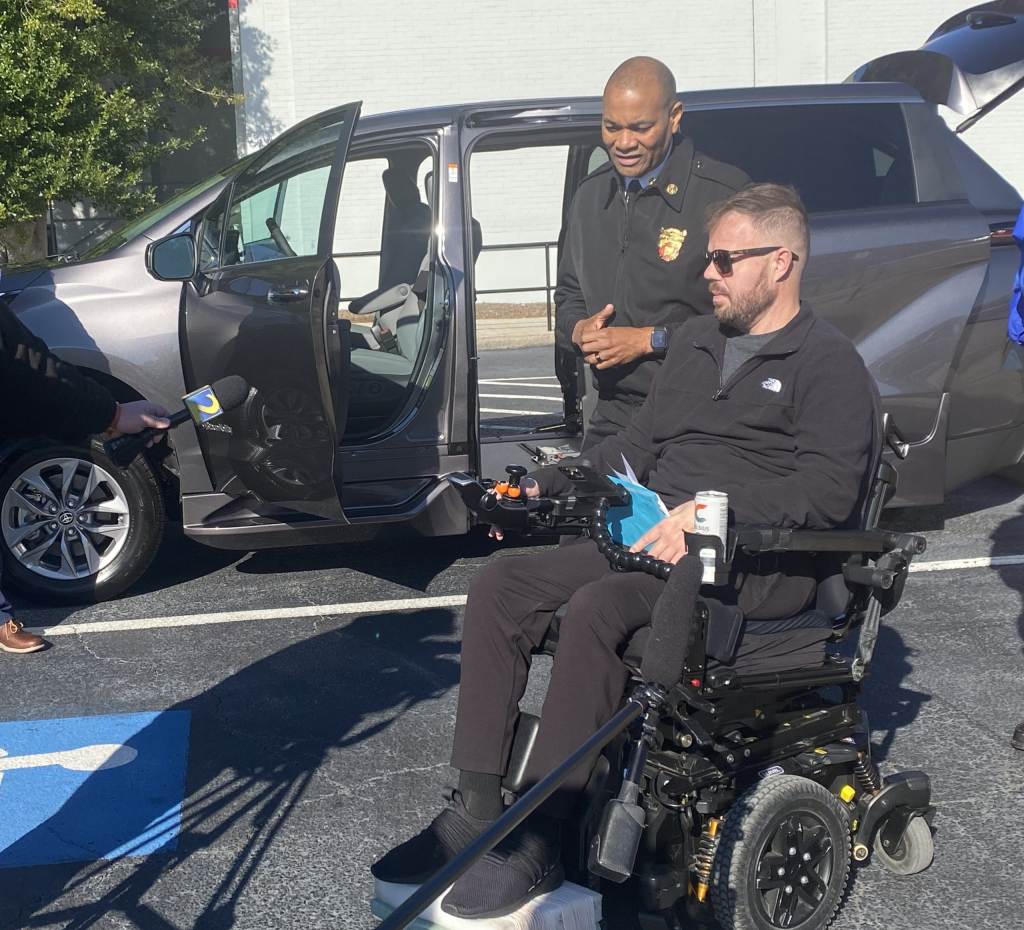Wildfires in San Diego have recently been traced back to homeless encampments, highlighting a growing issue in Southern California. The Los Angeles Fire Department has noted that over half of the fires they’ve responded to were ignited by homeless individuals. Specifically, the Friars Fire, Center Fire, and Gilman Fire all originated in these encampments, causing significant damage and necessitating evacuations.
The trend of fires starting in homeless encampments isn’t just limited to San Diego; it’s a widespread concern across Southern California. Governor Gavin Newsom commented on a major fire that disrupted the Interstate 10 freeway, one of the country’s key roadways, attributing it to “malice.” Though the specific cause remains undisclosed, the affected underpass is also linked to homeless encampments.
The financial burden of these fires is substantial. Reports indicate that the Los Angeles Fire Department allocated nearly half of its budget—around $427 million—towards dealing with fires connected to homelessness. This significant expenditure underscores the scale of the problem and the need for effective solutions.
Congressman Kevin Kiley, who represents areas prone to wildfires, expressed frustration over the lack of action in addressing the issue. He questioned why cities aren’t utilizing their authority to remove encampments from high-risk zones. Kiley emphasized, “This is absolutely unacceptable,” pointing out that cities now have the power to act after a Supreme Court decision.
Last year, the federal courts lifted a previous ban on anti-camping ordinances, giving cities the green light to clear out homeless encampments. In San Francisco, this change, backed by Governor Newsom, led to a significant reduction in homeless tents—down by 60% since their peak earlier in the year.
The connection between homelessness and fire hazards is not a new revelation, but the recent incidents have brought the issue into sharper focus. As cities grapple with these challenges, the debate over how best to address homelessness continues. Some argue for more stringent measures to protect residents and property from fire risks.
While the fires pose immediate dangers, they also highlight broader societal issues. The presence of large encampments and the resultant fires raise questions about the effectiveness of current homelessness policies. Critics argue that more needs to be done to prevent such incidents from occurring in the first place.
The financial strain on the fire department is just one of the many consequences of the ongoing problem. With nearly half of their resources devoted to homelessness-related fires, there’s a pressing need for a more sustainable solution. Policymakers are urged to consider both immediate and long-term strategies.
Residents living near these encampments face constant threats to their safety and property. The fear of potential fires adds to the stress and anxiety experienced by those in affected areas. This situation calls for urgent action to protect communities and mitigate risks.
City officials are under pressure to implement effective measures to clear encampments from fire-prone areas. With the legal backing to do so, there’s a growing expectation for decisive action. Failure to act could lead to further incidents and increased public outcry.
As the situation unfolds, there’s a clear demand for leadership and accountability. Residents look to their city leaders to prioritize their safety and address the root causes of homelessness. The challenge lies in balancing compassion with the need for public safety.
The discussion around homelessness and fire risks is complex and multifaceted. It involves not only immediate safety concerns but also deeper societal issues that require comprehensive solutions. Collaborative efforts and innovative strategies are needed to tackle this pressing problem.
There’s a call for increased investment in homelessness prevention and support services. Providing adequate resources and support for those experiencing homelessness could help reduce the number of encampments and associated risks. The goal is to create safer environments for everyone.
Community involvement is also crucial in addressing this issue. Engaging residents in the conversation and involving them in decision-making processes can lead to more effective solutions. A collaborative approach can help bridge gaps and foster understanding.
The role of government at all levels is pivotal in driving change. From local city councils to state leadership, coordinated efforts are essential to address the root causes of homelessness and reduce fire risks. Effective governance is key to achieving meaningful progress.
The ongoing situation serves as a reminder of the interconnectedness of societal issues. Homelessness, public safety, and resource allocation are all intertwined, requiring a holistic approach to find lasting solutions. Addressing one aspect without considering the others may not yield the desired outcomes.
Public awareness and education play a significant role in tackling homelessness-related challenges. Informing communities about the complexities of homelessness and the associated risks can foster empathy and support for comprehensive solutions. Education can be a powerful tool for change.
While the road ahead may be challenging, there is hope for positive change. By working together, communities, policymakers, and organizations can develop strategies that address homelessness while ensuring public safety. Collaboration and commitment are essential to overcome these obstacles.
The need for action is urgent, but so is the need for thoughtful, compassionate solutions. Balancing immediate safety concerns with long-term strategies requires careful consideration and planning. The goal is to create a safer, more inclusive society for all.
As the conversation continues, there’s an opportunity to rethink and reshape policies that impact homelessness and public safety. Innovative thinking and a willingness to explore new approaches can lead to effective solutions. Embracing change can pave the way for a brighter future.
Ultimately, the focus should be on creating sustainable, lasting solutions that address the root causes of homelessness. By doing so, we can reduce fire risks and improve the quality of life for everyone. The journey may be long, but the potential for positive impact is significant.




idiocy
there is lots of evidence (including a video) that shows there were started by a Direct Energy Weapon (DEW) because the Deep State or other demonic people want the land for their anti-human purposes